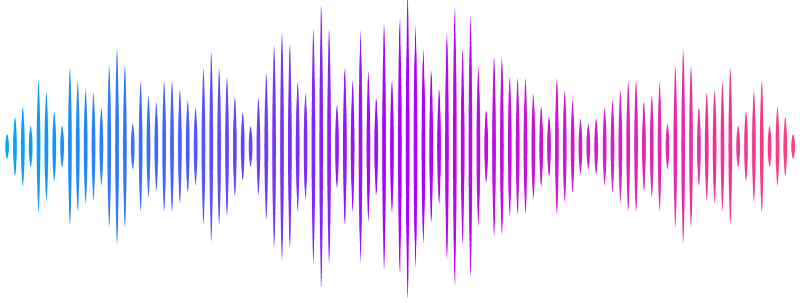Somatostatine interneurons mediate dopamine-dependent sensory gating in the orbitofrontal cortex

Somatostatine interneurons mediate dopamine-dependent sensory gating in the orbitofrontal cortex
Tripathi, A.; Skold, T.; Censoni, L.; Lagerlof, O.; Medini, P.
AbstractThe prefrontal cortex continuously filters irrelevant stimuli, and deficits in this sensory gating predispose to psychotic disorders. In schizophrenia, the normally observed suppression of second response to two paired sounds is drastically reduced. Apart from sensitivity to critical schizophrenia players as NMDA and dopamine, the microcircuitry behind gating remains unknown. We found that the first sound excitatory response recruits, via NMDA receptors, local inhibition to gate the second response via GABAB receptors. Optogenetic inhibition of somatostatine-interneurons counteracted gating more effectively compared to parvalbumine-positive interneurons. Dopamine local blockade also counteracted gating, and dopamine effect was prevented by somatostatine-, but not parvalbumine-, optoactivation. Thus, prefrontal gating is mediated by NMDA-dependent recruitment of dendrite-targeting, somatostatine-interneurons, facilitated by dopamine. The results identify a critical synapse to better target psychose-prone disorders.